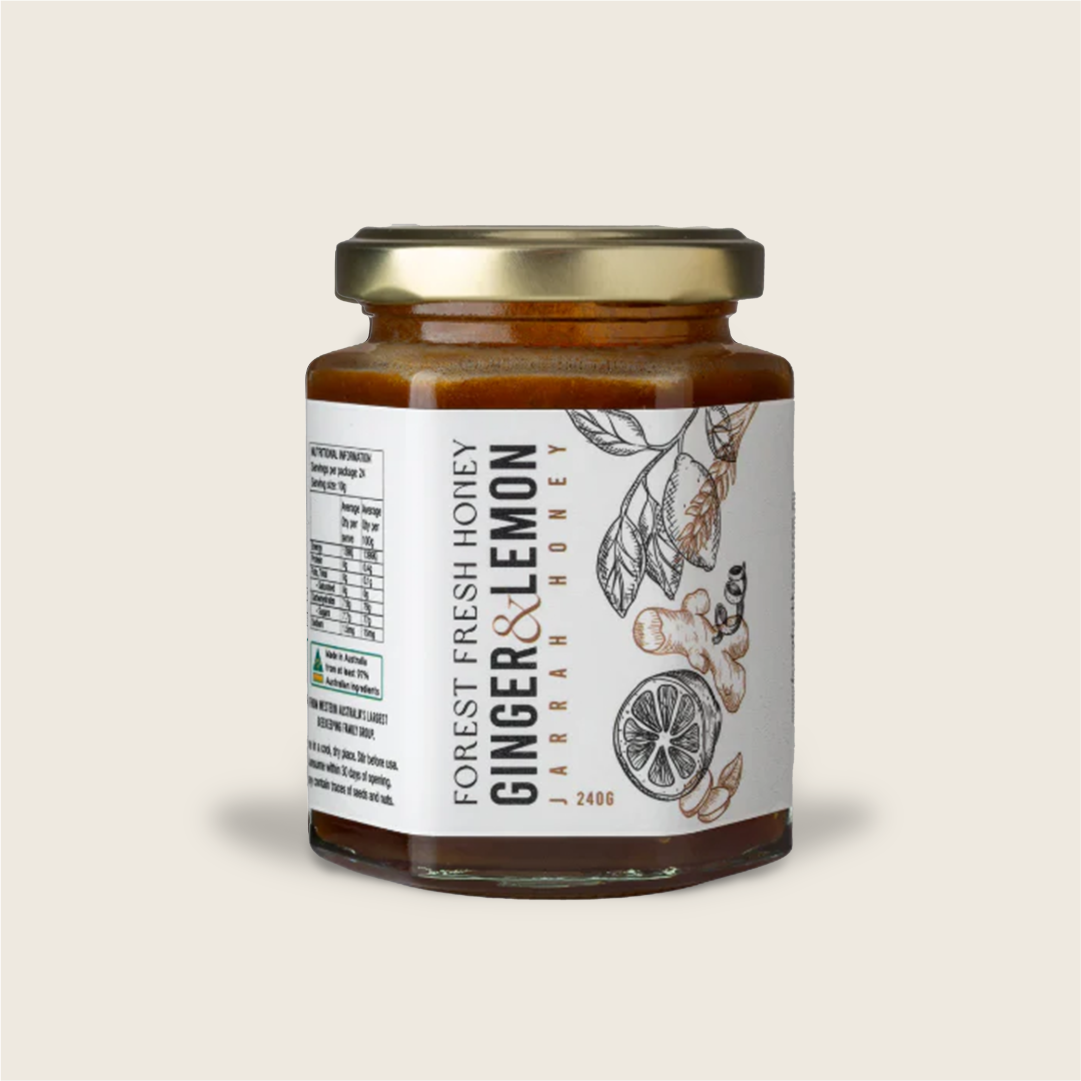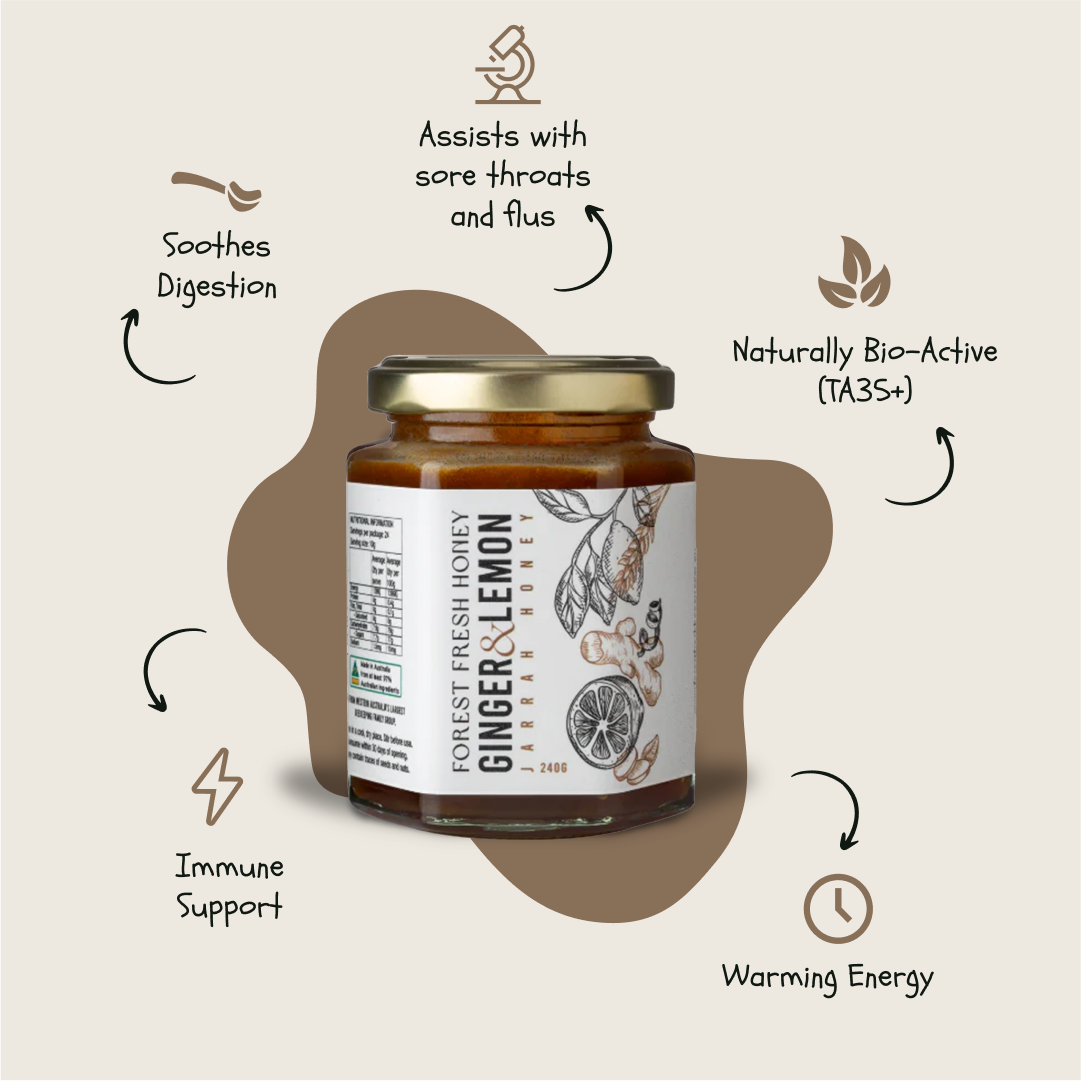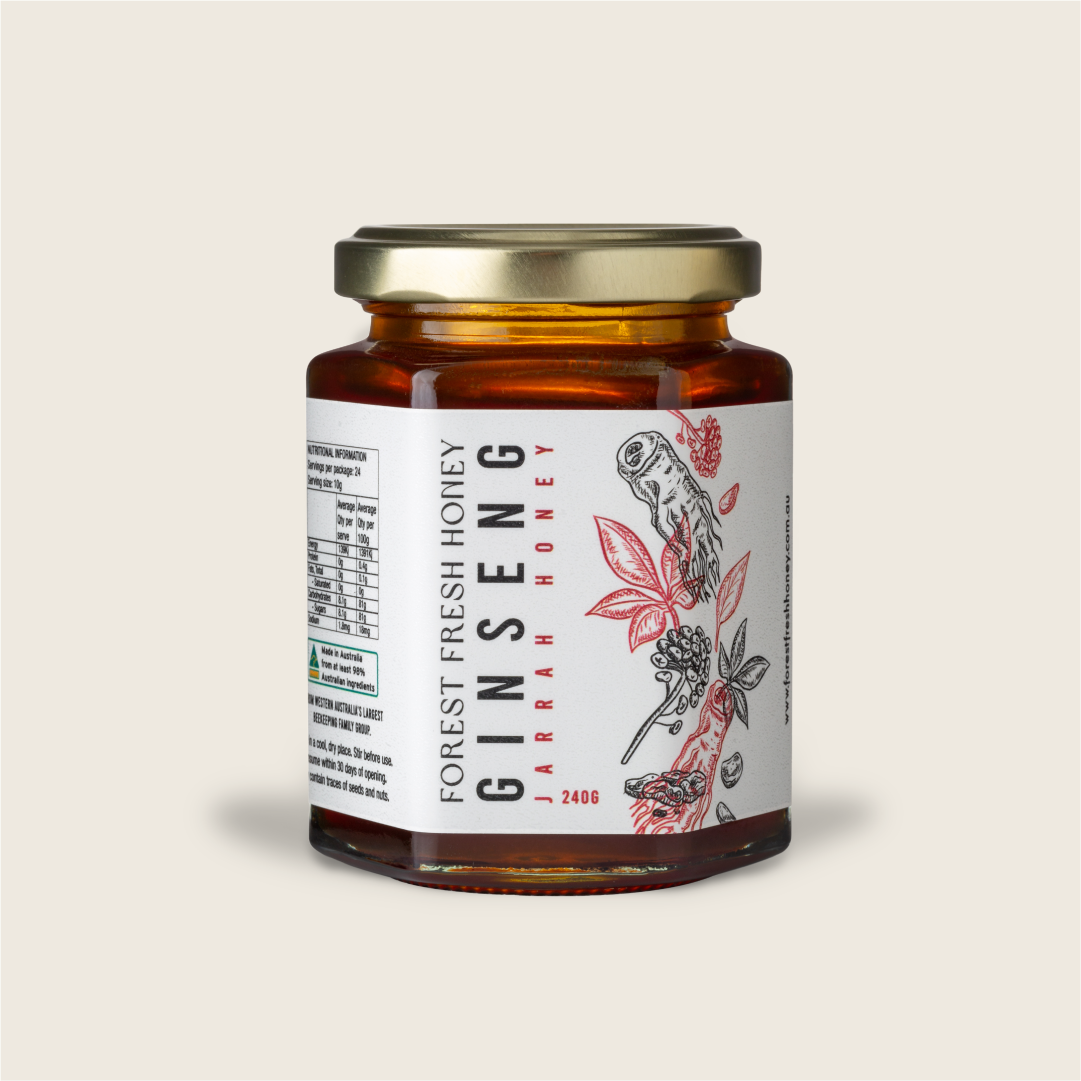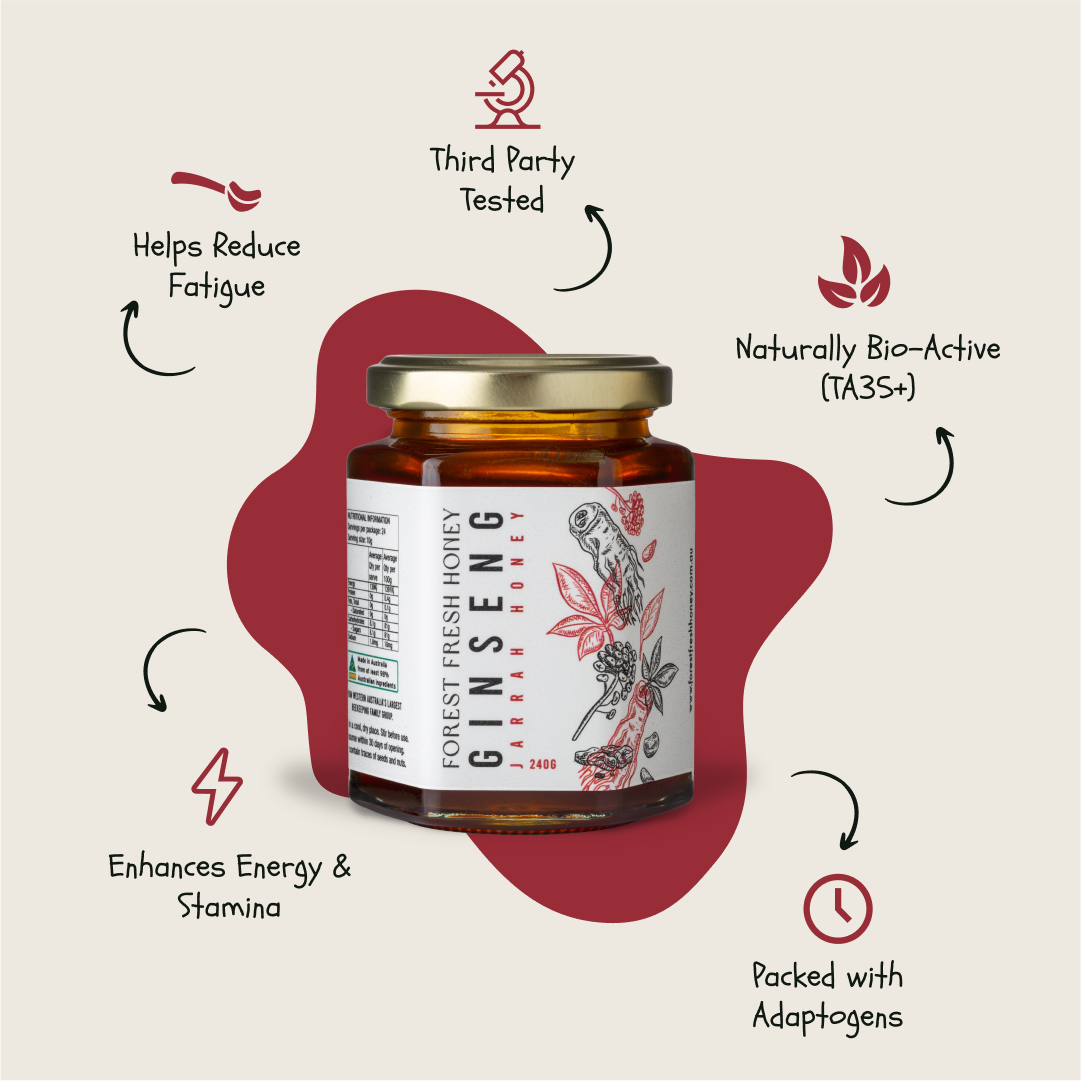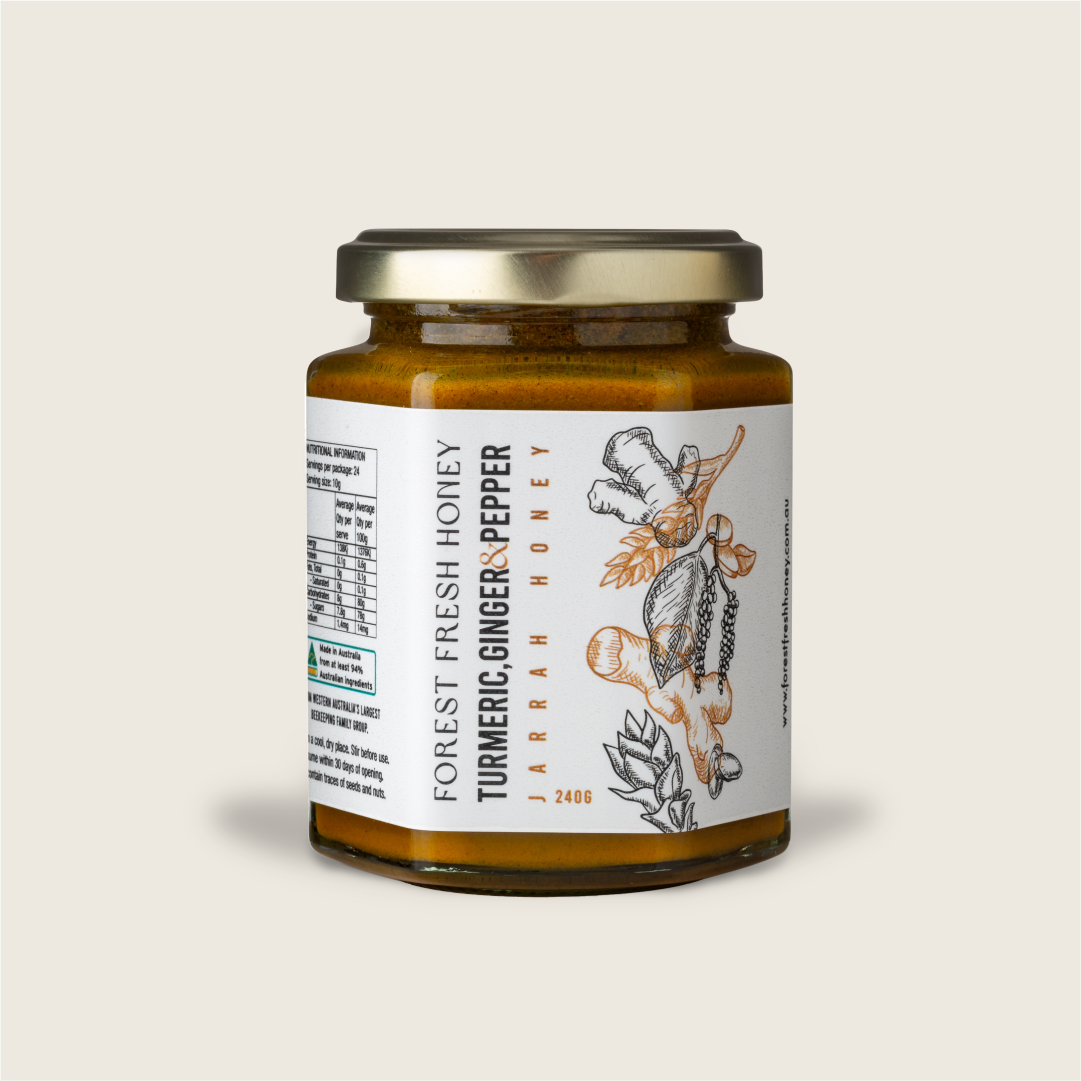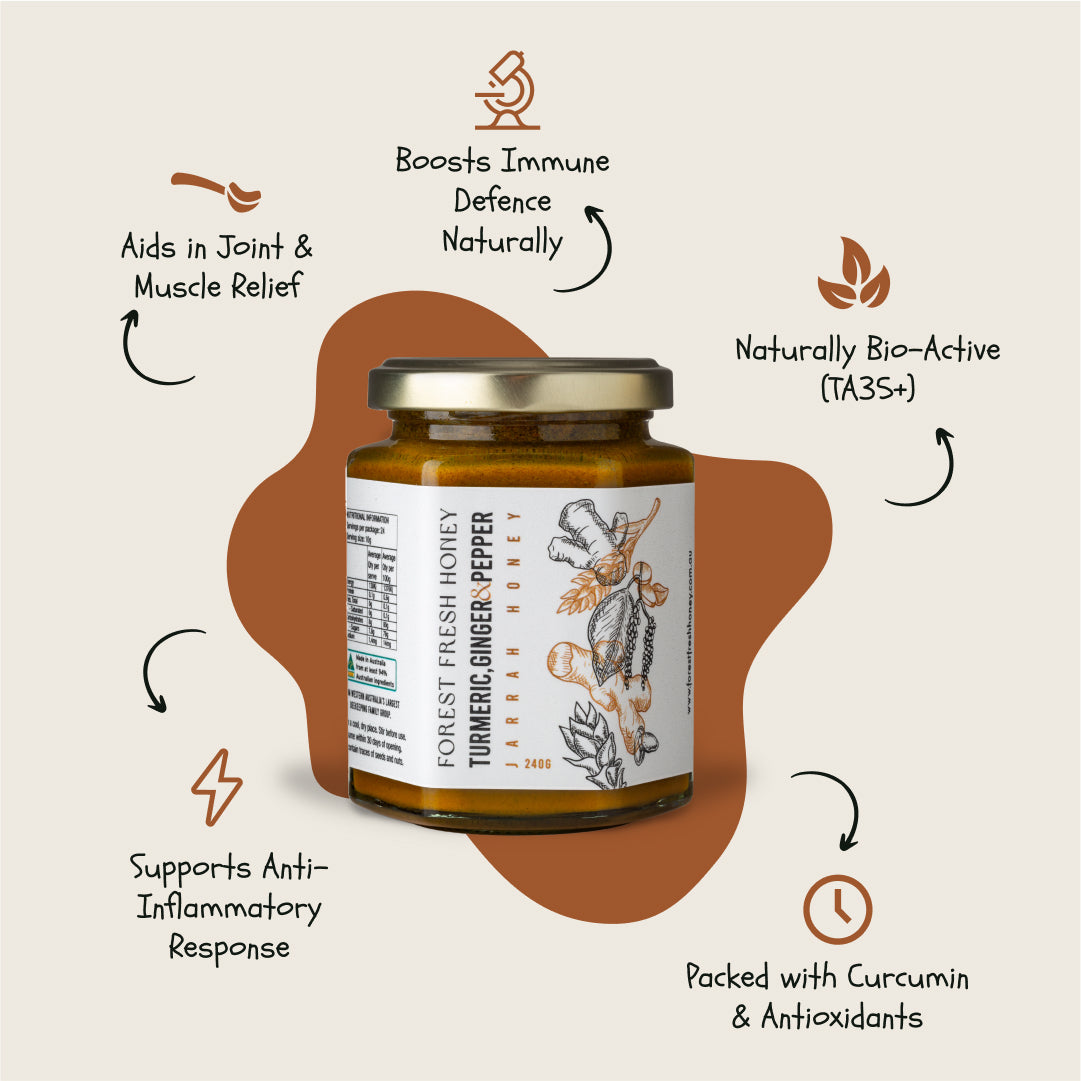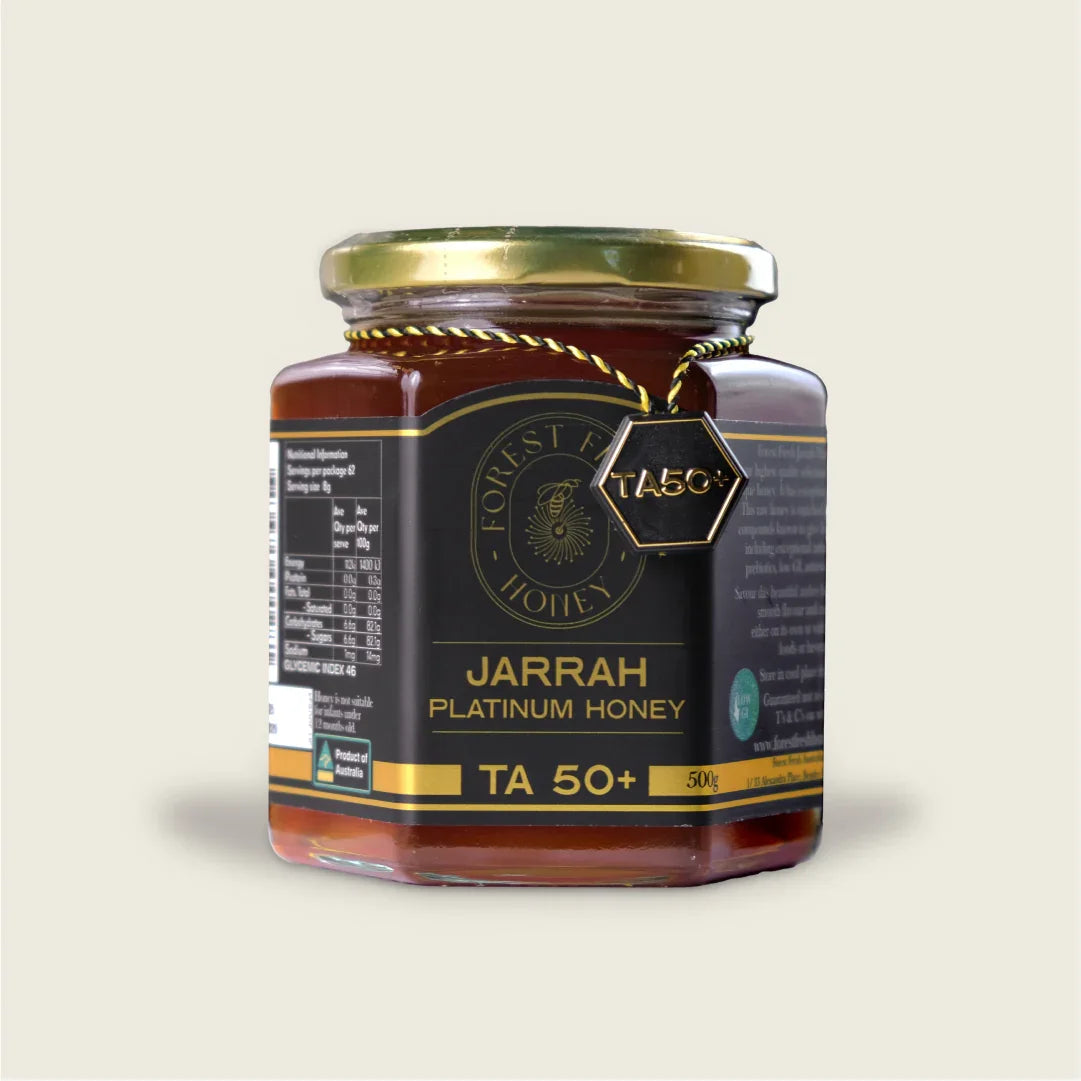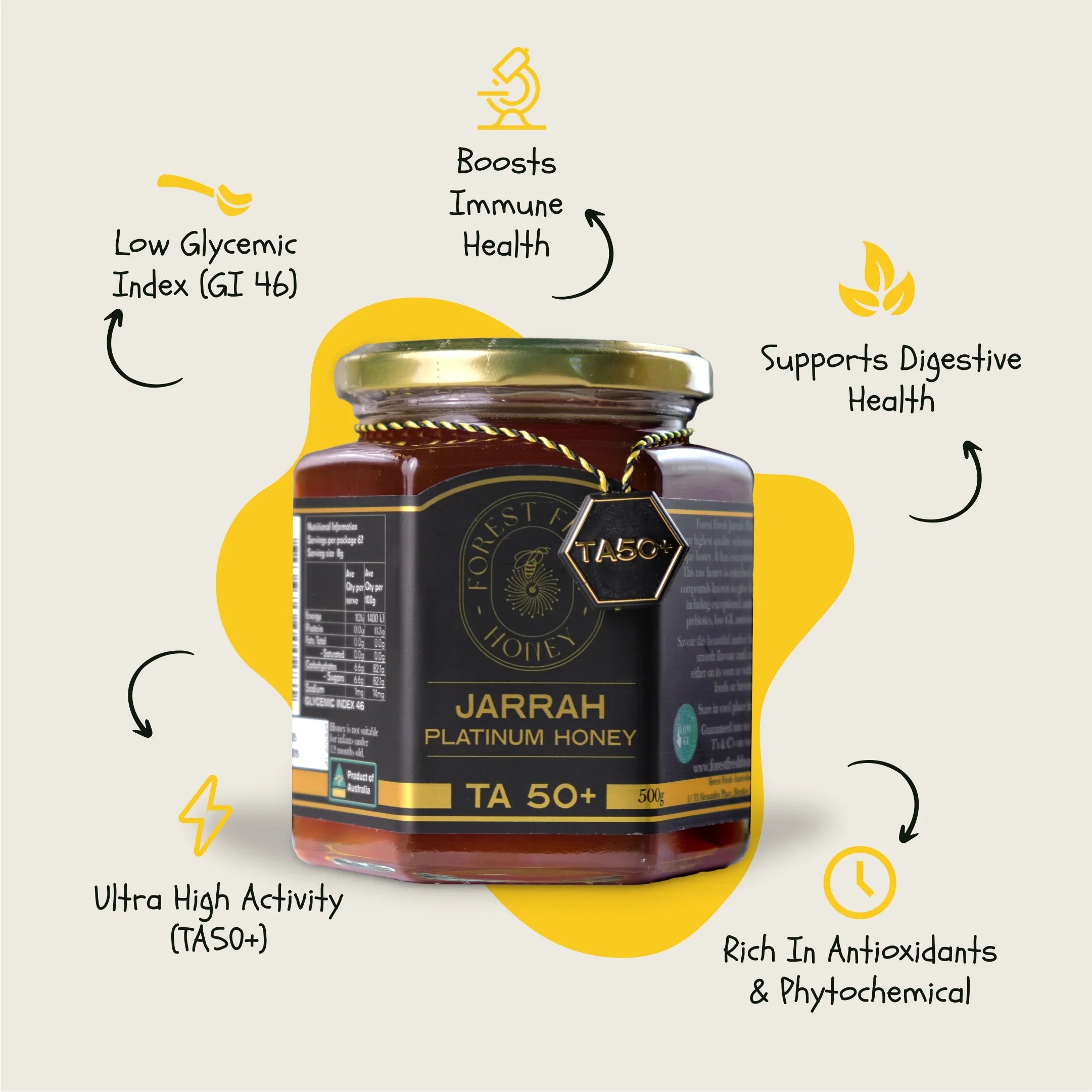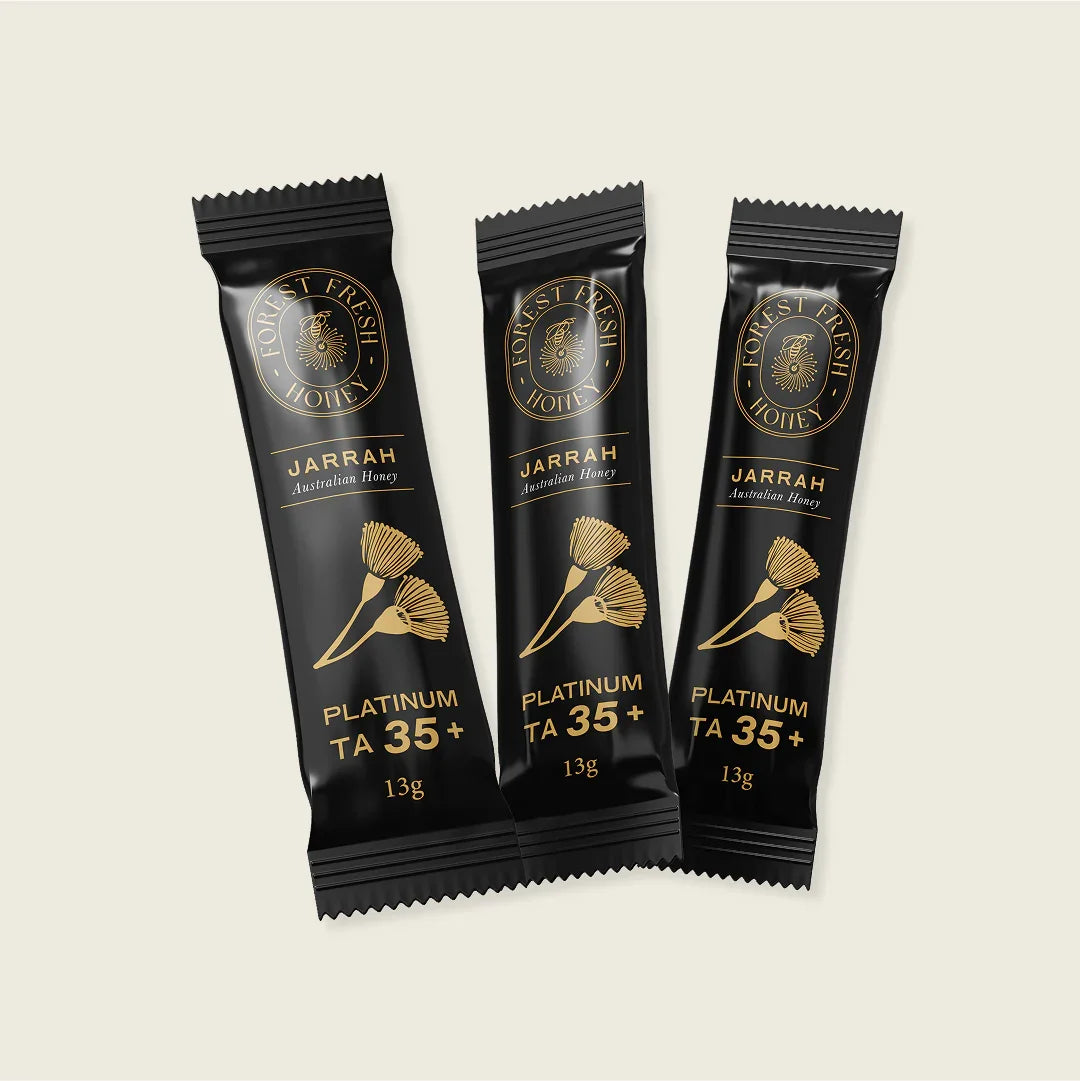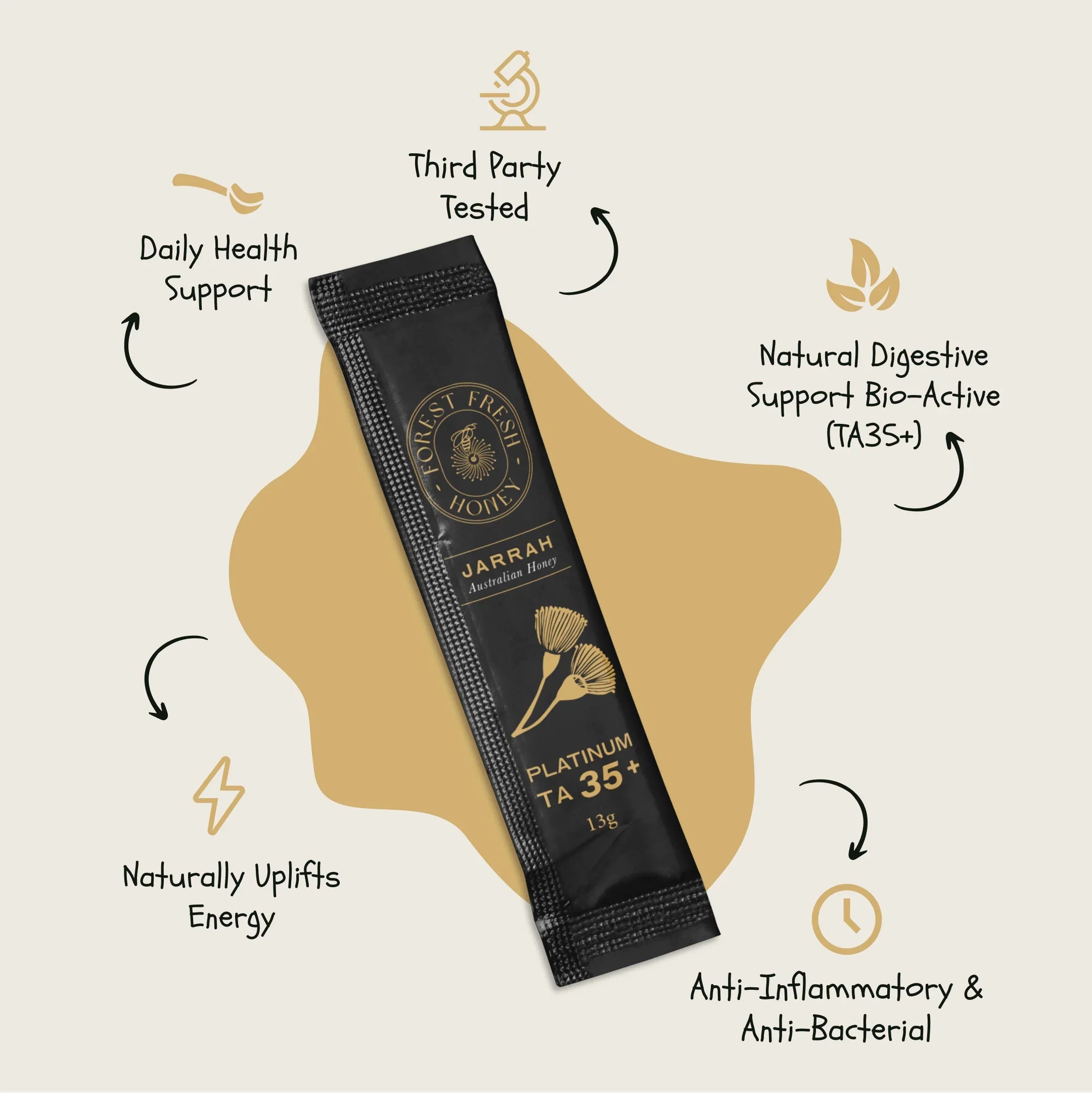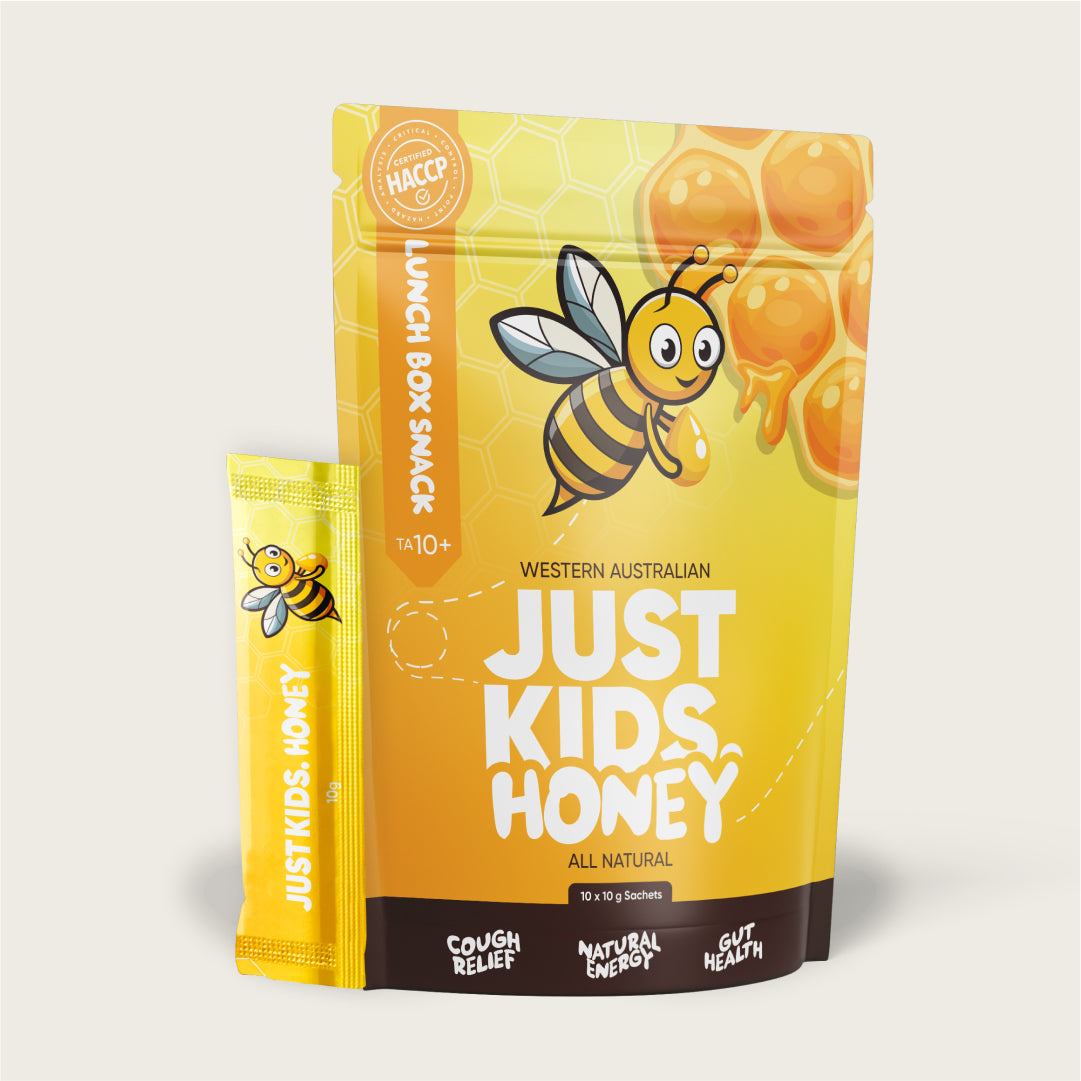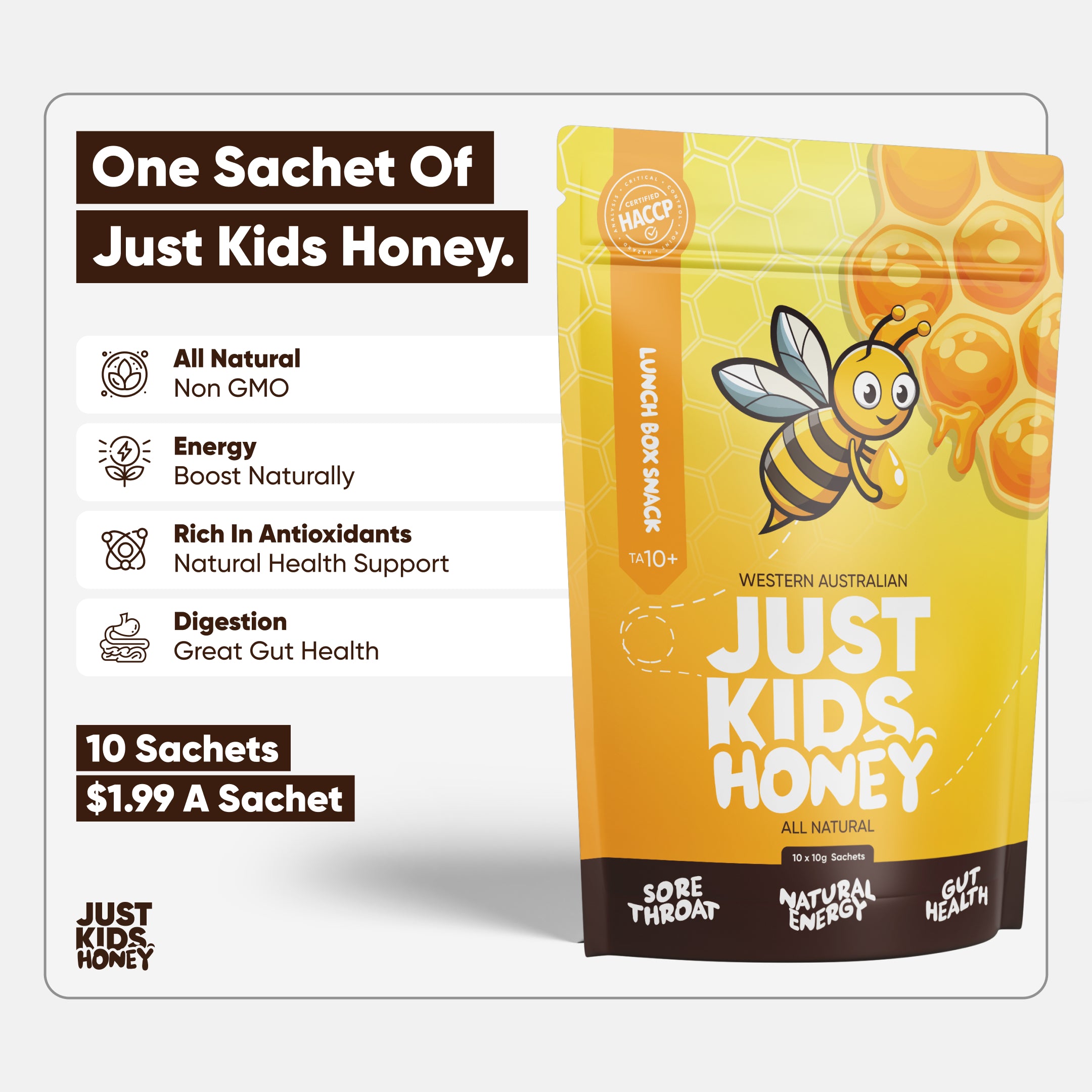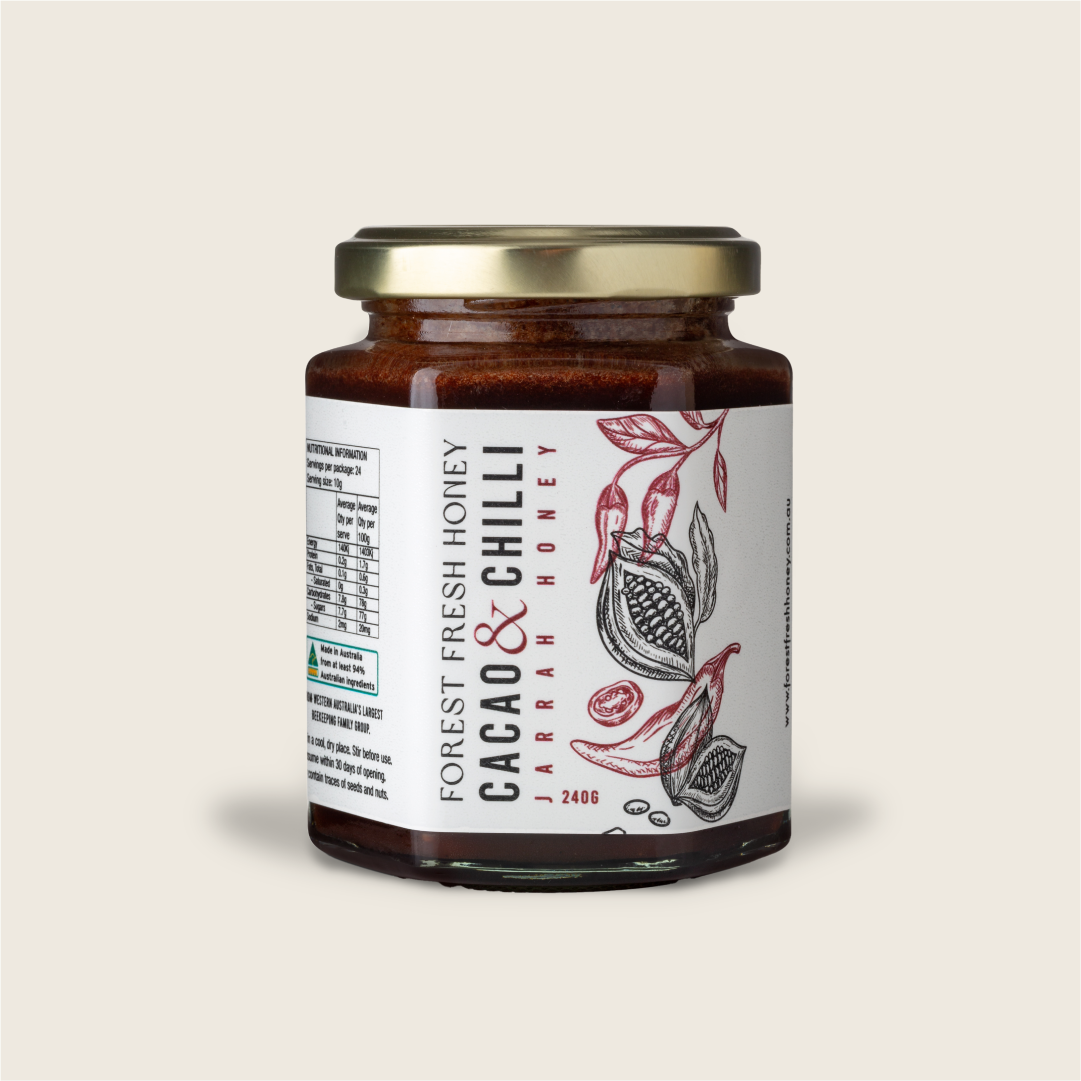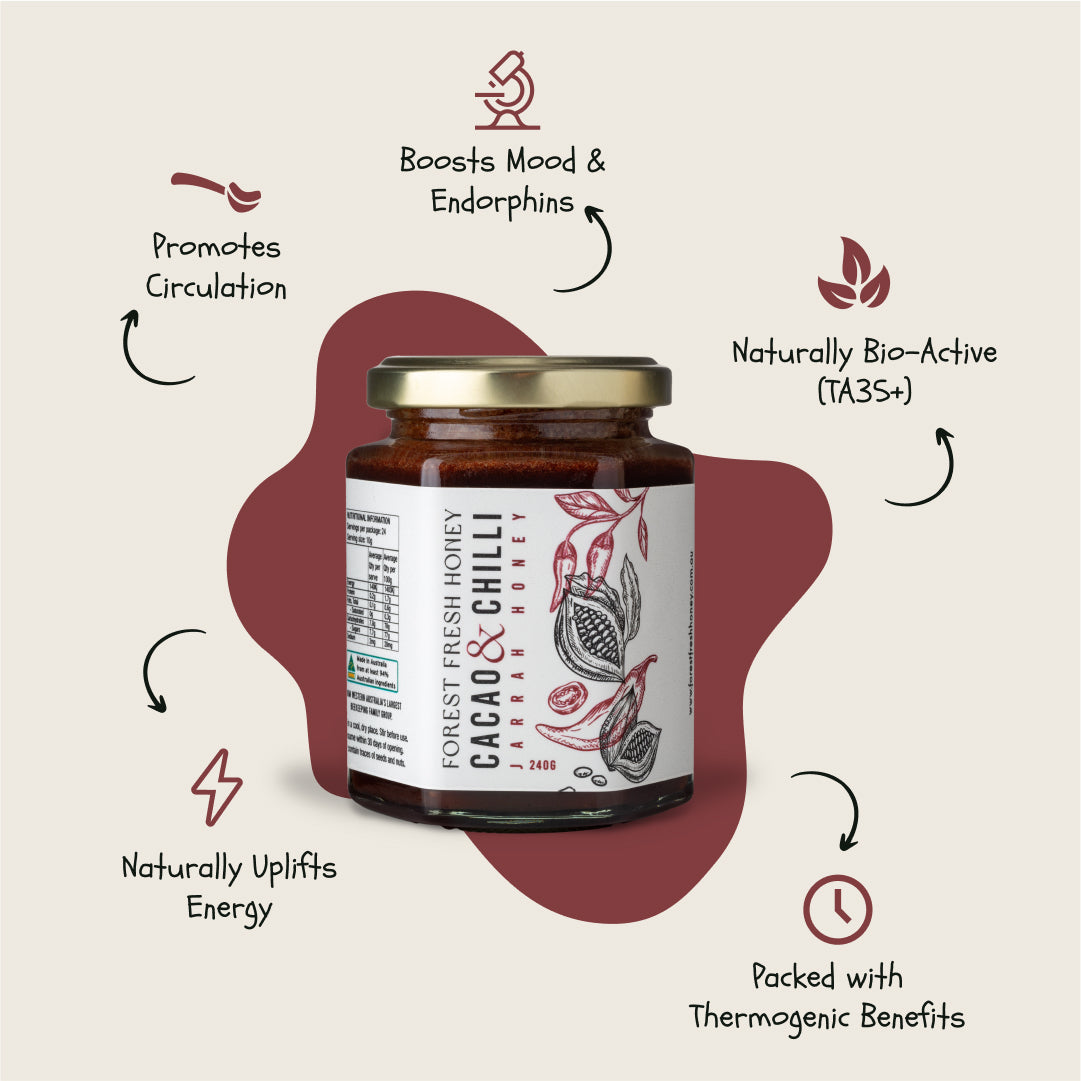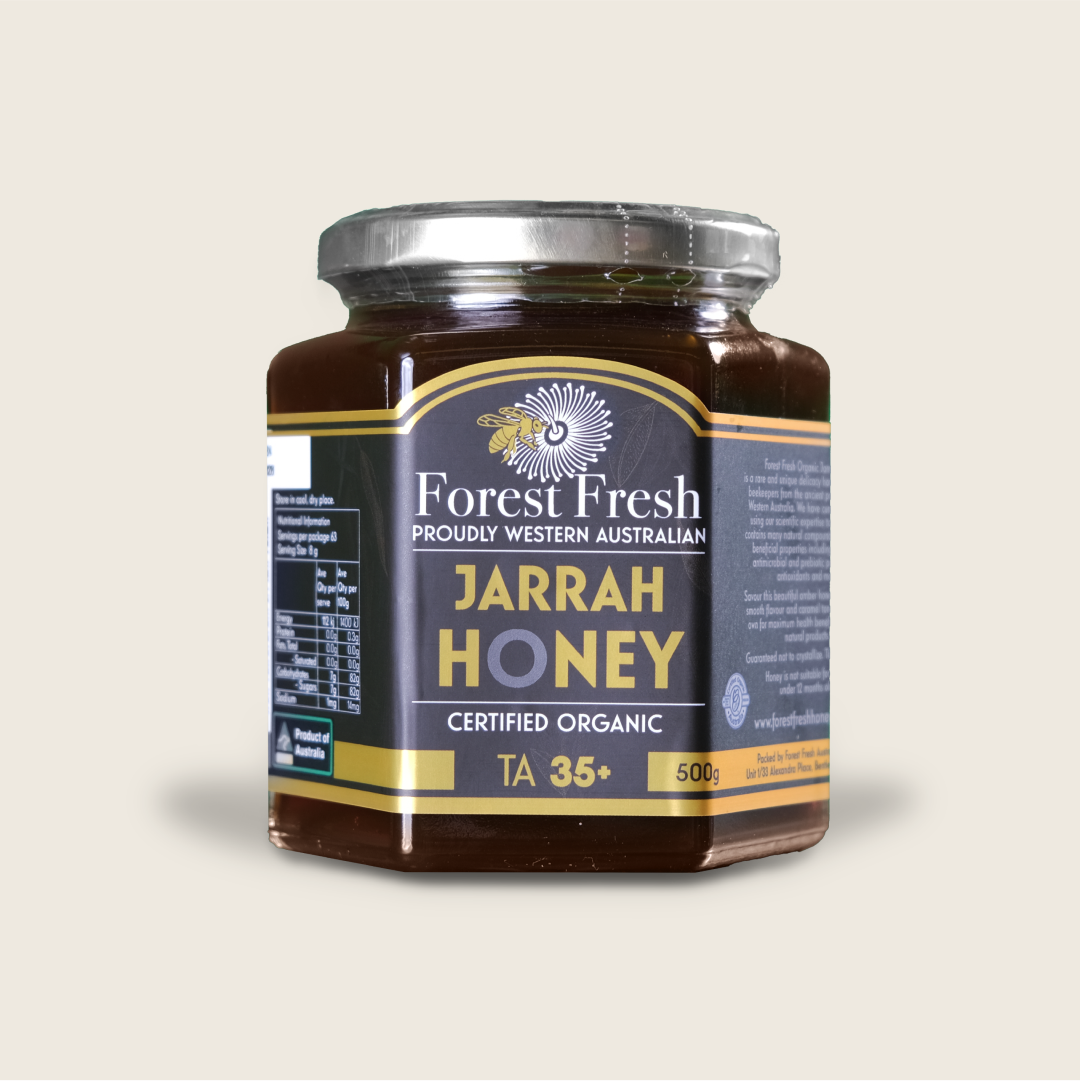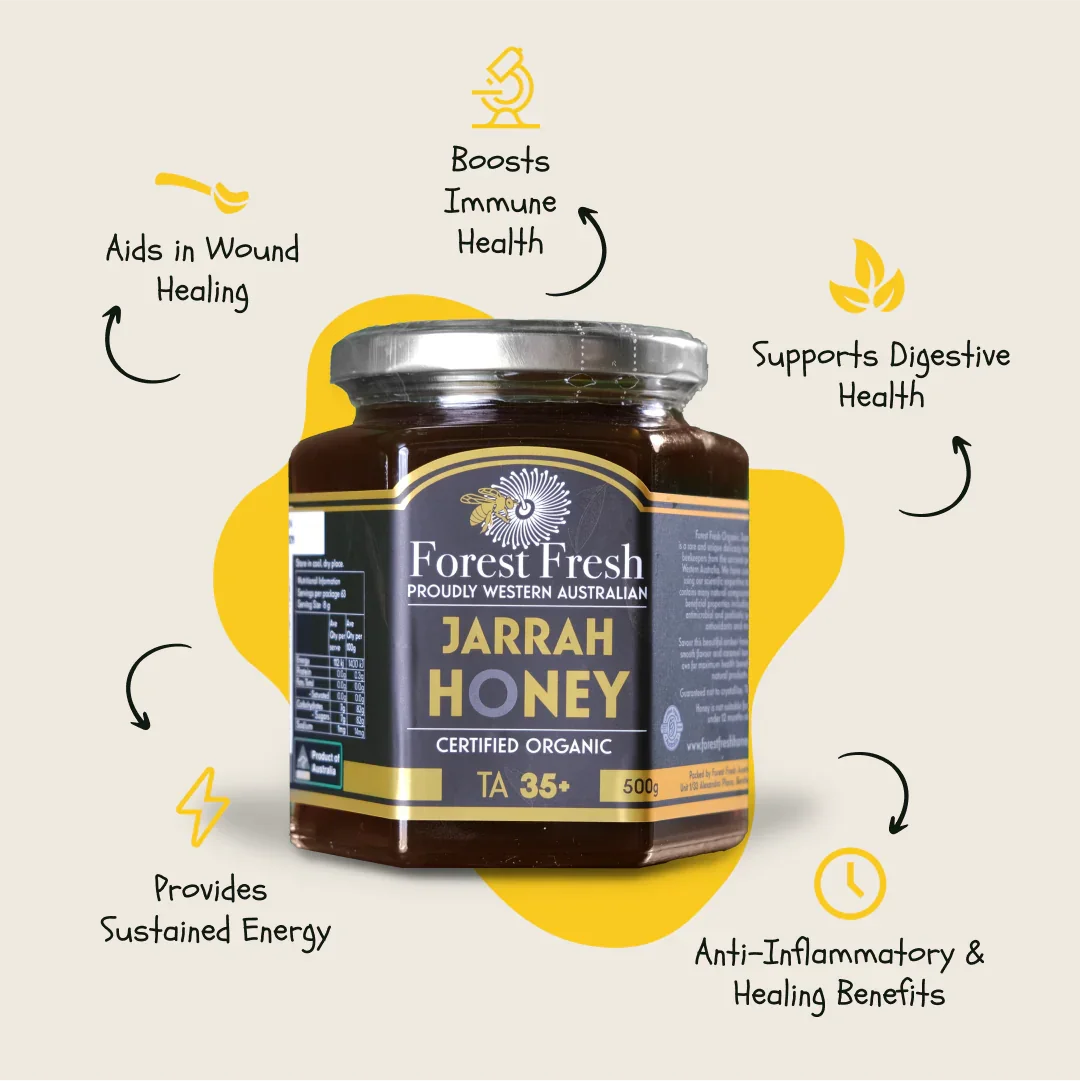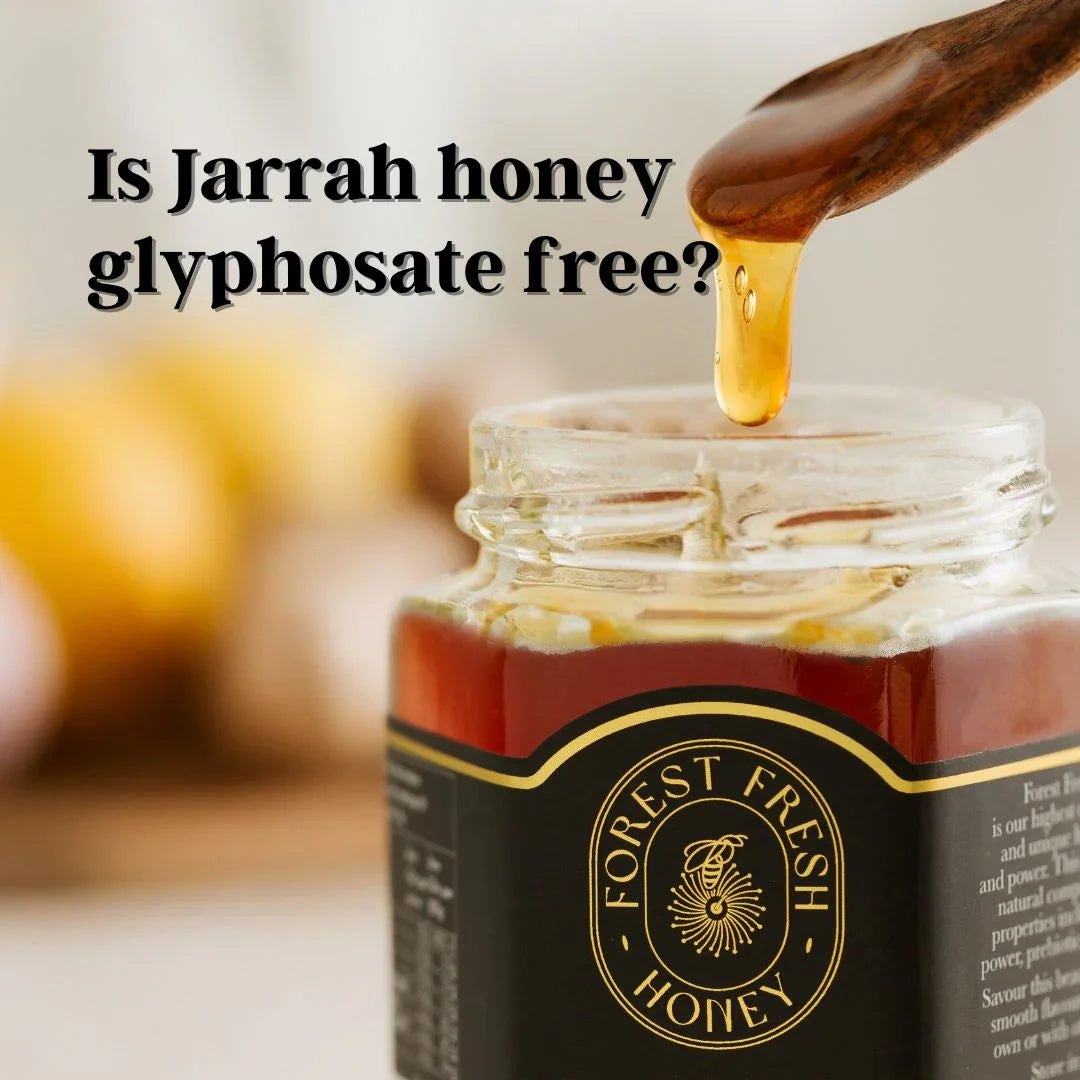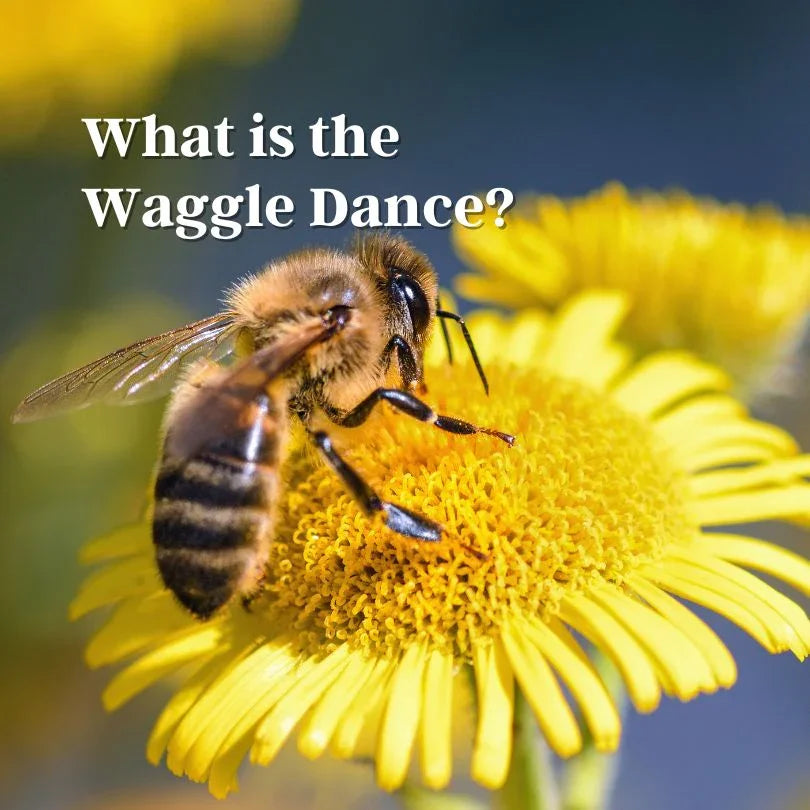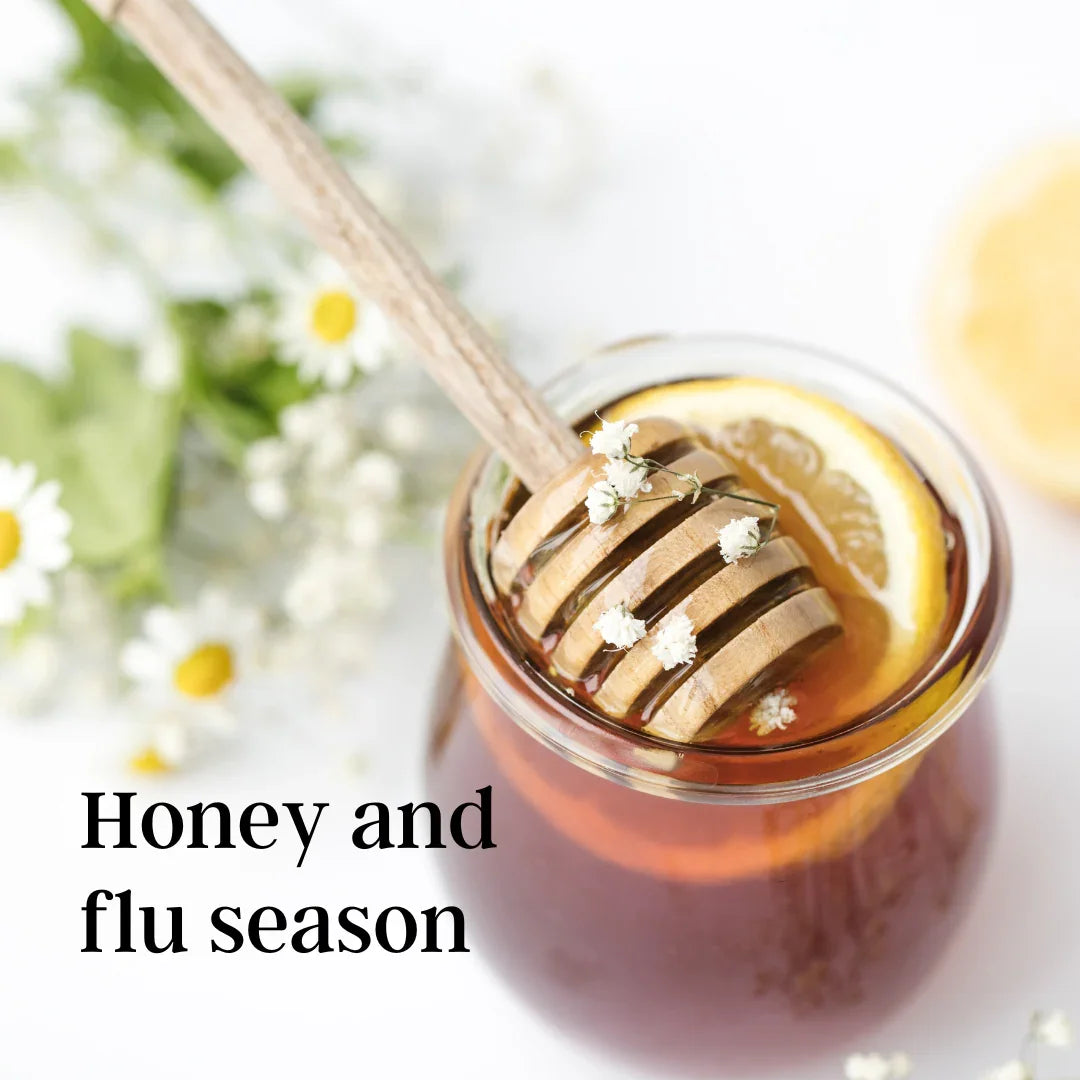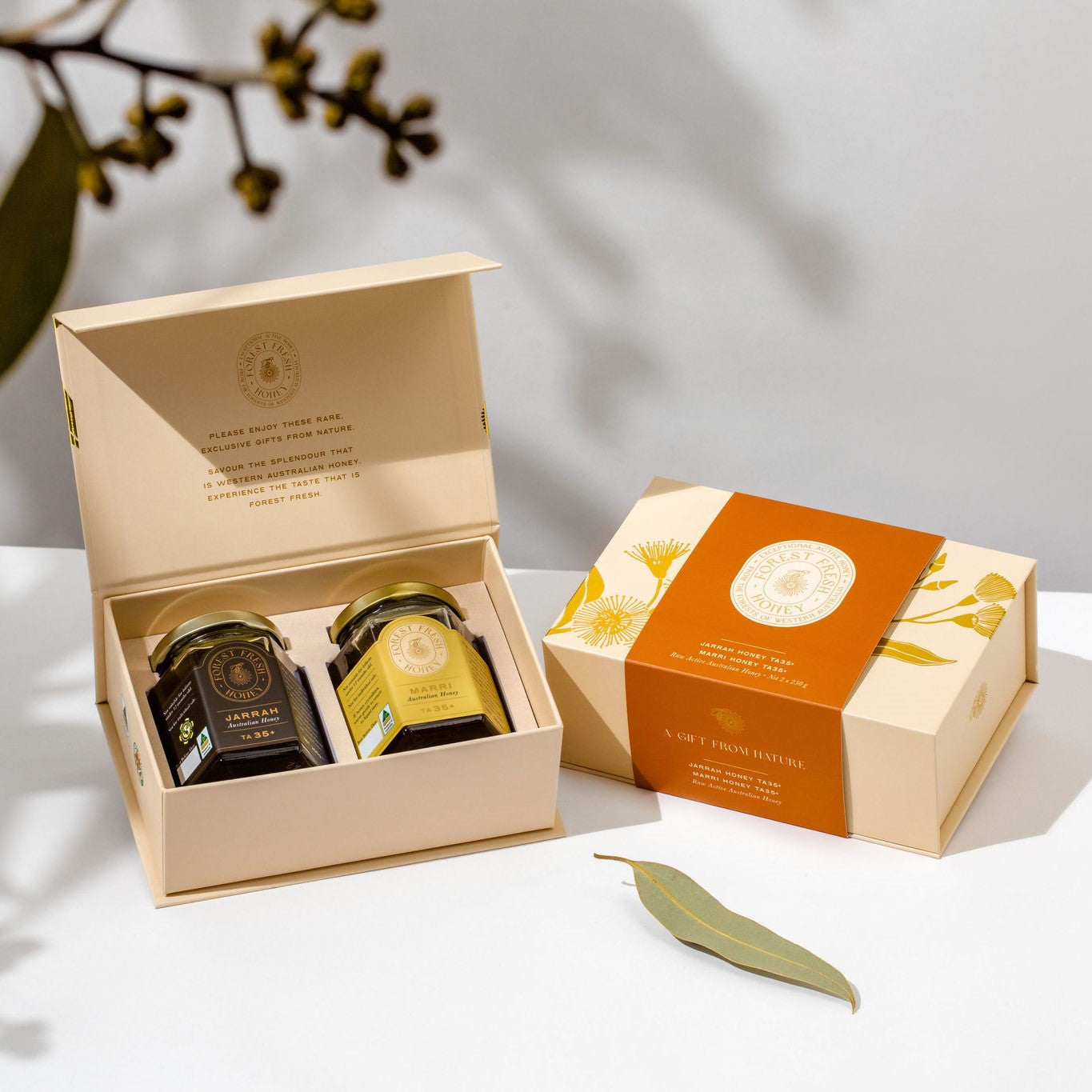Active Honey Explained
What is Activity in Honey?
Total Activity (TA) is like a bacterial and fungal killing scale, the bigger the value, the more bacteria (and fungus) the honey can potentially kill. Values above TA10 deliver beneficial properties, while values of, or above TA30+ are exceptional and have great health benefits.
At Forest Fresh Honey, we proudly produce some of the healthiest and best honey in Australia with TA values of up to 50+.
In this article you'll not only expand your knowledge about Active Honey, but you'll also learn a host of honey terms that might be new to you.
How is TA calculated?
TA is the sum of two types of antibacterial power in Honey: Peroxide Activity (PA) and Non Peroxide Activity (NPA).
TA =PA + NPA
What is PA and NPA?
-Peroxide Activity (PA) is the natural antimicrobial and antifungal power that bees have developed over millions of years of evolution to protect their honey in the beehive. The Activity is produced from a bee enzyme (Glucose Oxidase) that forms hydrogen peroxide in honey when the honey contains free water.
-Non-Peroxide Activity (NPA) includes all of the antimicrobial power in honey that is derived from chemicals in the nectar that bees collect from flowers. Trees produce many chemicals to protect themselves from bacterial infection and other purposes, and some of these chemicals can be present in the nectar. When the bees convert the nectar to honey, the chemicals become much more concentrated and Active. PA is activated as the nectar ripens to honey and stops when the honey has formed. But it starts again if the honey is diluted with water e.g. when it comes into contact with saliva.
Does high Total Activity Honey really have antibacterial and anti-fungal benefits?
YES! When we eat the honey, or apply it to a wound on our skin, the honey absorbs water and the PA reaction starts again. It results in a gradual production of a low concentration of hydrogen peroxide, a powerful antibacterial and antifungal agent, which becomes more powerful when operating in conjunction with honey’s other antiseptic properties. However, it is gentle on human tissue and the digestive system, so it can be used as an antiseptic drink (diluted or raw), and topically (but always consult your GP before using to treat large wounds).
Do all honeys have high Total Activity (TA)?
All honeys have a small amount of PA (<TA5), but some Western Australian Eucalypt honeys (like Jarrah Honey, Marri Honey and Karri Honey) generate extraordinarily large values, making them some of the most Active honeys known in the world.
How is Active Honey tested and how does it compare to UMF, NPA, and MGO?
The Total Activity (TA) of our Jarrah, Marri and Karri honeys is mostly PA (NPA is typically 5-10), and is measured by the Well Diffusion Phenol Equivalent test (WDPE), an analytical method developed in New Zealand in the 1990’s to measure the Activity of Manuka honey. In the WDPE test, a sample of honey diluted with water (at ratio of about 1:3) is placed in a hole (well) cut into a thin layer of Agar in a petri dish hosting a common infection causing bacteria (eg, Staphylococcus aureus). The diluted honey slowly diffuses out into the agar and inhibits the growth of the bacteria. The width of the inhibitory zone after 24 hours is compared with the inhibition zone produced by a solution of diluted Phenol (a strong organic antiseptic and disinfectant). Honey with TA 10 has 10% of the Phenol solution power.
We submit our honey to the ChemCenter in Perth Western Australia or to Analytica Labatories in New Zealand for analysis. ChemCenter outsource the TA work to the National Measurement Institute (NMI) in Melbourne Australia.
The TA of Manuka honey (which is mostly NPA; PA is near zero) was once measured by WDPE, but is now measured by directly analysing the content of MGO the honey. The MGO value on a jar of Manuka honey is the concentration of this chemical in mg/kg and values typically range from 100 to 1,000. UMF (Unique Manuka Factor) is a trademarked term for the NPA. UMF is now estimated from the MGO value by reference to a standard curve.
Therefore, the TA value of our Jarrah, Marri and Karri honeys can be compared directly with the UMF or NPA values for Manuka honey.
But the adoptions by Manuka producers of two methods to describe the Activity of Manuka honey (MGO and UMF/NPA) that have vastly different values for the same honey can be confusing. Please view the table on the individual honey product pages for a comparison of Activity in honey.

